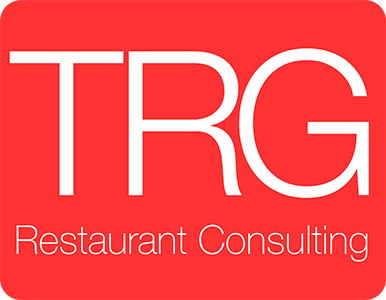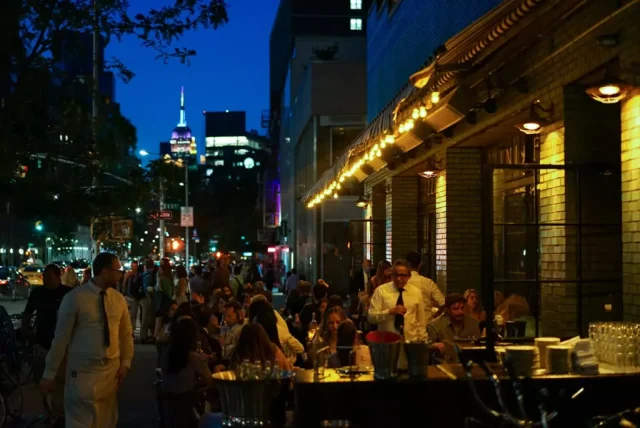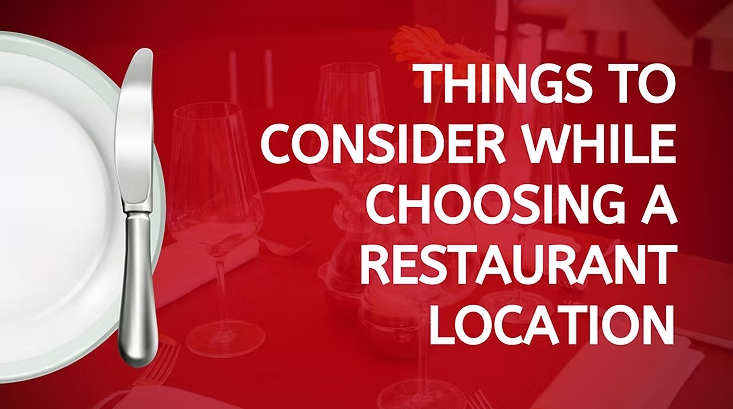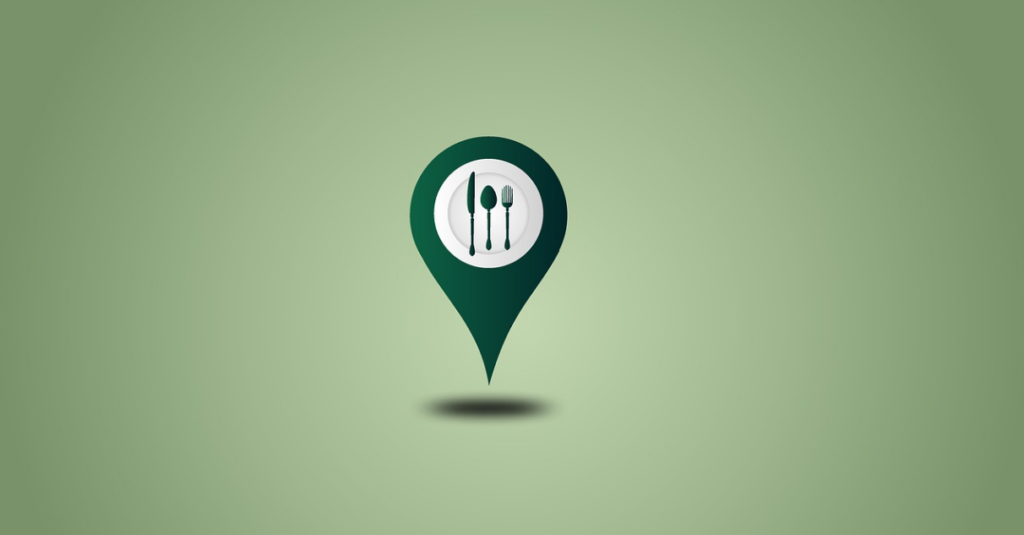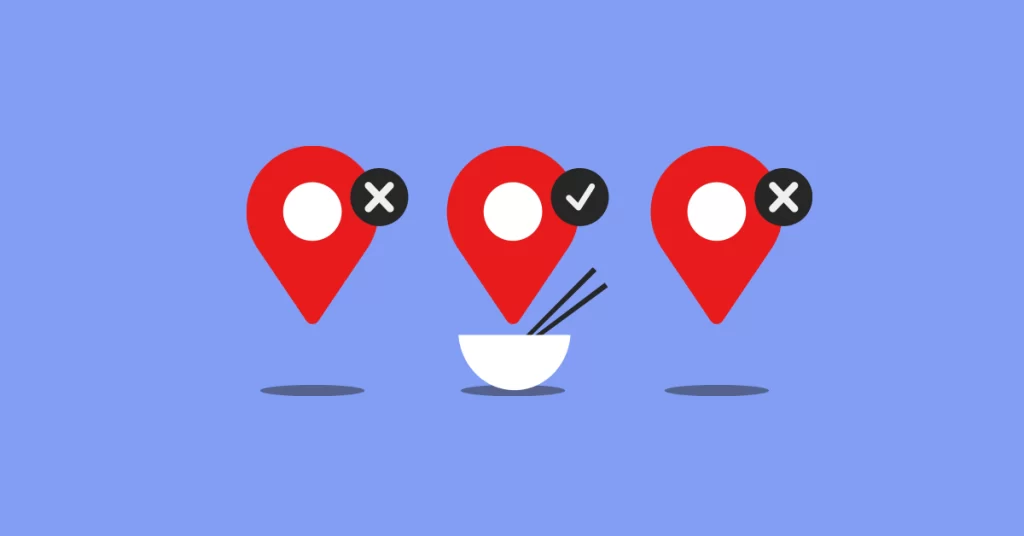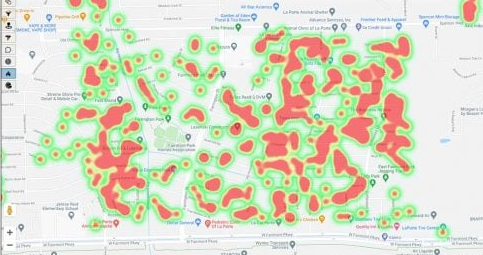Location impacts who comes in
Different neighborhoods attract different folks. Some areas buzz with students craving budget bites, while others brim with families seeking comfort food. Understanding the local crowd helps tailor your menu and vibe to their tastes. It’s like setting up a lemonade stand—you’d pick a sunny park over a quiet alley, right?
Demographics play a huge role in dining choices. Young professionals might flock to trendy cafes, while retirees prefer cozy diners. Knowing your audience ensures your restaurant feels like a home away from home.
Location affects how many people see your restaurant
Being on a bustling street means more eyes on your sign and more feet through your door. High foot traffic areas can be goldmines for spontaneous diners. Think of it as fishing in a pond teeming with fish—you’re bound to get bites.
Conversely, a hidden spot might mean your restaurant is the town’s best-kept secret—but secrets don’t pay the bills. Visibility is key; if they can’t see you, they can’t eat with you.
Easy-to-reach places get more visits
People love convenience. If your restaurant is easy to get to, with ample parking or near public transport, you’re already a step ahead. No one wants to embark on a quest just to grab dinner.
Accessibility isn’t just about location; it’s about ease. A place that’s simple to find and reach invites more guests and keeps them coming back.
Key Factors to Check When Choosing a Restaurant Location
Check the neighborhood’s demographics
Age, income, and lifestyle matter. A high-end steakhouse might not thrive in a student district, just as a vegan cafe might struggle in a meat-loving community. Match your offerings to the locals’ preferences.
Understanding who lives and works nearby helps in crafting a menu and ambiance that resonates. It’s about being the right fit in the right place.
Look at the nearby competition
Too many similar eateries can saturate the market. If the street’s already lined with pizzerias, adding another might not be wise. Stand out by offering something unique.
However, some competition can indicate a healthy demand. It’s about finding the sweet spot where your restaurant complements rather than competes.
Understand local rules and laws
Zoning laws can dictate what kind of restaurant you can open and where. Some areas might restrict late-night operations or alcohol sales. Being aware prevents future headaches.
Permits, health codes, and other regulations vary by location. Ensure you’re compliant to avoid fines or closures.
Study the rent and lease details
Rental costs can vary dramatically even within the same city. A prime spot might come with a hefty price tag. Ensure the potential revenue justifies the expense.
Long-term leases can offer stability, but flexibility might be beneficial in uncertain markets. Weigh the pros and cons before signing.
Location Affects Restaurant Success or Failure
What stats say about location
Studies show that a significant number of restaurant failures are due to poor location choices. Even with great food and service, a bad spot can doom a venture. Location isn’t everything, but it’s a big piece of the puzzle.
Conversely, a great location can boost visibility and foot traffic, increasing the chances of success. It’s about setting up shop where your target customers are.
Real-world examples of failed locations
Consider the case of a gourmet burger joint that opened in a remote industrial area. Despite rave reviews, the lack of foot traffic led to its closure. Or a seafood restaurant that set up inland, far from its target beach-loving clientele.
These examples highlight the importance of aligning location with concept and audience. A mismatch can be costly.
Tips to Pick a Good Restaurant Location
Study the area’s people
- Use demographic tools to analyze age, income, and lifestyle of locals.
- Visit the area at different times to observe foot traffic and customer behavior.
- Engage with the community to understand their dining preferences.
Make sure people can find and reach you
- Ensure your restaurant is visible from main roads or popular areas.
- Provide clear signage and lighting.
- Consider proximity to public transport and availability of parking.
Know who else is nearby
- Identify neighboring businesses that can drive traffic to your restaurant.
- Avoid areas oversaturated with similar dining options.
- Look for complementary establishments, like theaters or shopping centers.
Follow the local rules
- Research zoning laws and business permits required.
- Understand health and safety regulations.
- Ensure compliance to avoid legal issues.
Keep money in mind
- Calculate all costs, including rent, utilities, and taxes.
- Assess if the potential revenue justifies the expenses.
- Plan for financial sustainability in the long run.
Plan for growth
- Choose a location with space to expand if needed.
- Consider areas with projected population or economic growth.
- Ensure the infrastructure can support increased operations.
Absolutely! Let’s pick up right where we left off — diving into how you can use mapping tools to make better, smarter location choices for your restaurant.
Use Mapping Tools for Better Location Choices
Why maps help with location
Mapping tools are a game-changer in restaurant location strategy. They help you spot trends, gaps, and opportunities you might otherwise miss. Think of them as your crystal ball, giving you the inside scoop on the perfect spot.
From demographic analysis to traffic flow studies, maps show where your target customers live, work, and play. They reveal if you’re near competition or close to schools, offices, or entertainment venues.
This kind of geospatial data utilization helps fine-tune your site selection criteria. It’s like having a cheat sheet for restaurant success.
Steps to analyze your location with maps
- Get your list of places – Make a list of spots you’re considering for your restaurant.
- Upload to a map tool – Use platforms like Google Maps or Tango Analytics to input your locations.
- Add traffic and customer data – Layer on info like foot traffic, parking availability, residential density, and local economic indicators.
- Group and filter to compare – Look for trends in visibility and signage, proximity to target market, or event-driven footfall.
- Export your findings – Use this data to make a foolproof decision on the best place to plant your roots.
Final Thoughts on Why Location Is Important for Restaurants
Location is a big piece of the puzzle
- Listen up: you could have mouth-watering food and a team that treats guests like royalty but if your restaurant’s in the wrong spot, it can flop—fast.
- That’s why understanding why location is important for restaurant success is a non-negotiable part of your journey. It’s the base of your success lasagna—stack it right, and everything else builds beautifully.
- From proximity to suppliers to neighborhood growth potential, from public transportation access to visibility—every detail matters. And lucky for you, with the right restaurant location strategy, you can nail it.
- Choose smart, plan ahead, and watch your dream restaurant bloom. You’ve got this—and with this easy-to-follow guide in your corner, you’re already one step closer to success.
